Picture this: you’re floating in a spacecraft hundreds of miles above Earth, gazing down at our beautiful blue marble. Your eyes scan the continents below, searching for that legendary serpentine structure that supposedly stretches across China like a massive dragon’s spine. You squint, you strain your eyes, you even reach for binoculars. But there’s just one problem – you’re chasing a myth that’s been fooling people for decades. The Great Wall of China, despite what your elementary school teacher might have told you, is not actually visible from space with the naked eye. This enduring legend has become one of the most persistent misconceptions in modern folklore, right up there with the idea that we only use 10% of our brains or that lightning never strikes the same place twice.
The Birth of an Enduring Space Legend
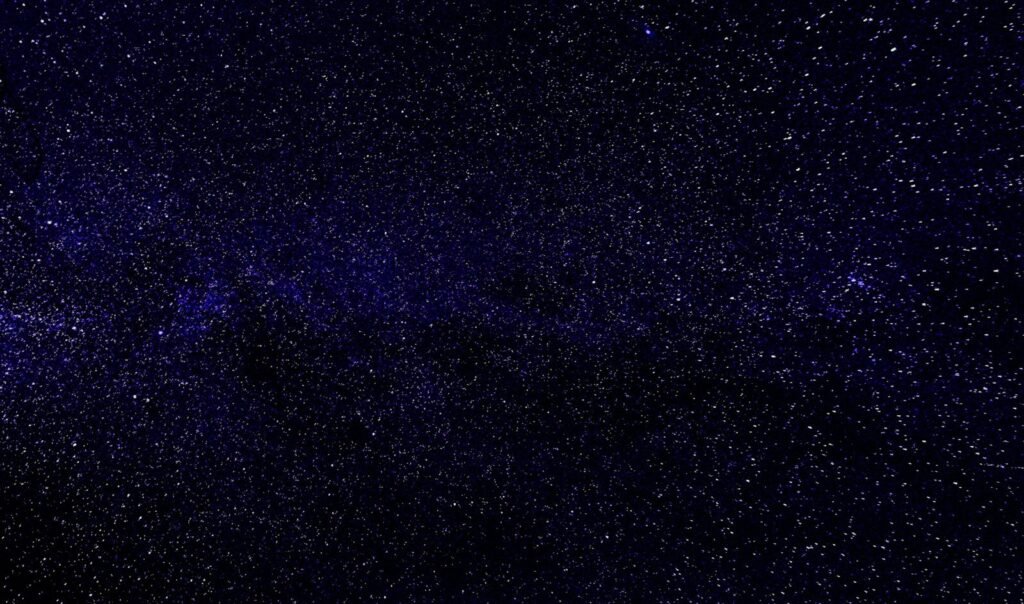
The claim that the Great Wall of China is visible from space didn’t just appear overnight. This myth has roots stretching back decades, evolving from innocent speculation into accepted “fact” through repetition and wishful thinking. Early space enthusiasts and educators likely spread this idea as a way to capture imaginations about both human achievement and the wonders of space exploration.
The story gained momentum in the 1930s, long before humans had even reached space. Ripley’s Believe It or Not published the claim that the Great Wall was “the mightiest work of man, the only one that would be visible to the human eye from the moon.” From there, the myth snowballed through textbooks, documentaries, and dinner table conversations across the globe.
What makes this legend particularly fascinating is how it reflects our deep desire to connect Earth’s greatest human achievements with the cosmos above. The idea that something built by human hands could be seen from the heavens feels poetic, almost spiritual – which probably explains why people wanted to believe it so badly.
What Astronauts Actually See From Low Earth Orbit

When astronauts peer down at Earth from the International Space Station, roughly 250 miles above our planet’s surface, they witness breathtaking views that constantly amaze and inspire. They can spot massive cities glowing like jewels in the darkness, great rivers snaking across continents, and mountain ranges creating dramatic shadows across the landscape. The perspective is nothing short of magical.
However, individual human-made structures prove incredibly difficult to discern without assistance. Cities appear as sprawling patches of light and development, but picking out specific buildings, roads, or walls requires exceptional viewing conditions and often magnification. The atmosphere, weather patterns, and lighting conditions all play crucial roles in what’s visible from space.
Even structures that seem massive from ground level become mere specks when viewed from orbital heights. A stadium that holds 100,000 people looks like a tiny dot, if it’s visible at all. This puts the Great Wall’s visibility claims into proper perspective – if enormous sports complexes disappear from view, how could a wall fare any better?
The Science Behind Orbital Visibility

Understanding what makes objects visible from space requires delving into the physics of light, distance, and human vision. The human eye has remarkable capabilities, but it also has distinct limitations that become apparent when viewing objects from extreme distances. Visual acuity – our ability to distinguish fine details – depends heavily on the angular size of objects as they appear to our eyes.
From the International Space Station’s altitude, an object needs to be roughly 100 feet wide to be barely visible to the naked eye under perfect conditions. This calculation assumes ideal lighting, crystal-clear atmospheric conditions, and no visual obstructions. Even then, the object would appear as nothing more than a thin line or small dot.
The contrast between an object and its background also plays a crucial role. Dark objects against light backgrounds stand out better than similar-toned items. This is why cities are often more visible at night – their lights create stark contrast against the dark landscape, making them easier to spot than during daylight hours.
Great Wall Dimensions Put Into Perspective
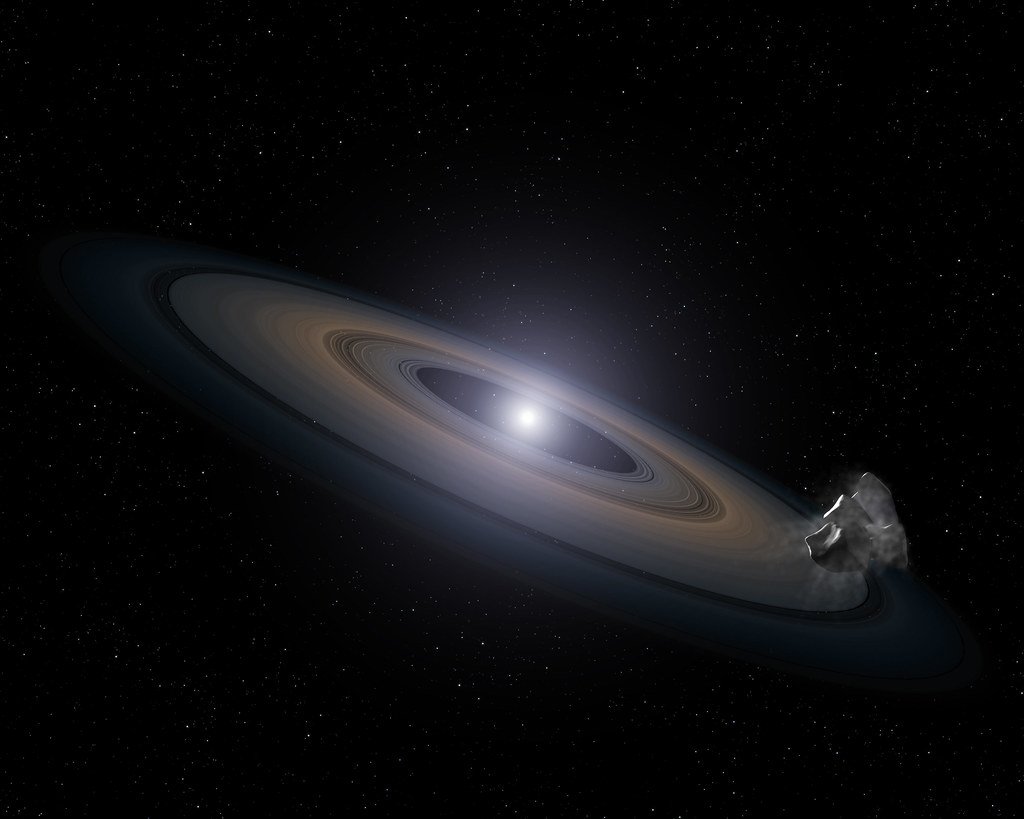
The Great Wall of China stretches approximately 13,000 miles in total length when including all its branches and secondary walls. This impressive distance could theoretically circle more than half the Earth’s circumference. However, length alone doesn’t determine visibility from space – width and height matter far more for orbital observation.
Most sections of the Great Wall measure between 15 and 25 feet in width, with heights ranging from 20 to 25 feet. While these dimensions made the wall an effective barrier for ancient military purposes, they fall far short of the 100-foot minimum width needed for naked-eye visibility from space. Think of it this way: if the Great Wall were a highway, it would be narrower than most modern interstate systems.
The wall’s construction materials also work against its visibility. Built primarily from stone, brick, and earth, the structure tends to blend into the surrounding landscape rather than standing out with stark contrast. Unlike modern structures made with reflective materials or bright colors, the Great Wall maintains earth tones that camouflage it from above.
Why Cities Shine But Walls Don’t

Major metropolitan areas become visible from space because they create distinct patterns and contrasts that catch the eye. Cities generate light pollution that glows against the darkness, create geometric patterns that differ from nature’s organic shapes, and often sit at the intersection of natural features like rivers or coastlines. These characteristics make urban areas relatively easy to spot from orbital altitudes.
The Great Wall, by contrast, follows the natural contours of China’s landscape. It winds through mountains, valleys, and plains, adapting to the terrain rather than creating bold geometric statements. This integration with the environment, while architecturally impressive, makes the wall nearly invisible from space.
Additionally, cities represent concentrated human activity across large areas, while the Great Wall is essentially a very long, very thin line. The mathematical reality is that even the world’s longest line becomes invisible when viewed from sufficient distance, regardless of its total length.
What Real Astronauts Have Actually Reported

Astronauts from various space agencies have consistently debunked the Great Wall visibility myth through their firsthand experiences. Chinese astronaut Yang Liwei, who flew on the Shenzhou 5 mission in 2003, explicitly stated that he could not see the Great Wall from space with his naked eyes. This testimony carries particular weight coming from a Chinese astronaut who had every reason to want to confirm the legend.
NASA astronauts have echoed similar experiences throughout decades of space missions. They report being able to see highways, airports, and large buildings under certain conditions, but note that even these structures require specific lighting and atmospheric conditions to be visible. The Great Wall simply doesn’t meet the criteria for naked-eye visibility.
Astronauts do emphasize that they can photograph the Great Wall using high-powered cameras and telephoto lenses. These images often circulate online, sometimes misleading people into thinking the wall is easily visible. However, there’s a crucial difference between what cameras can capture with magnification and what human eyes can see unaided.
The Role of Telescopes and Camera Equipment
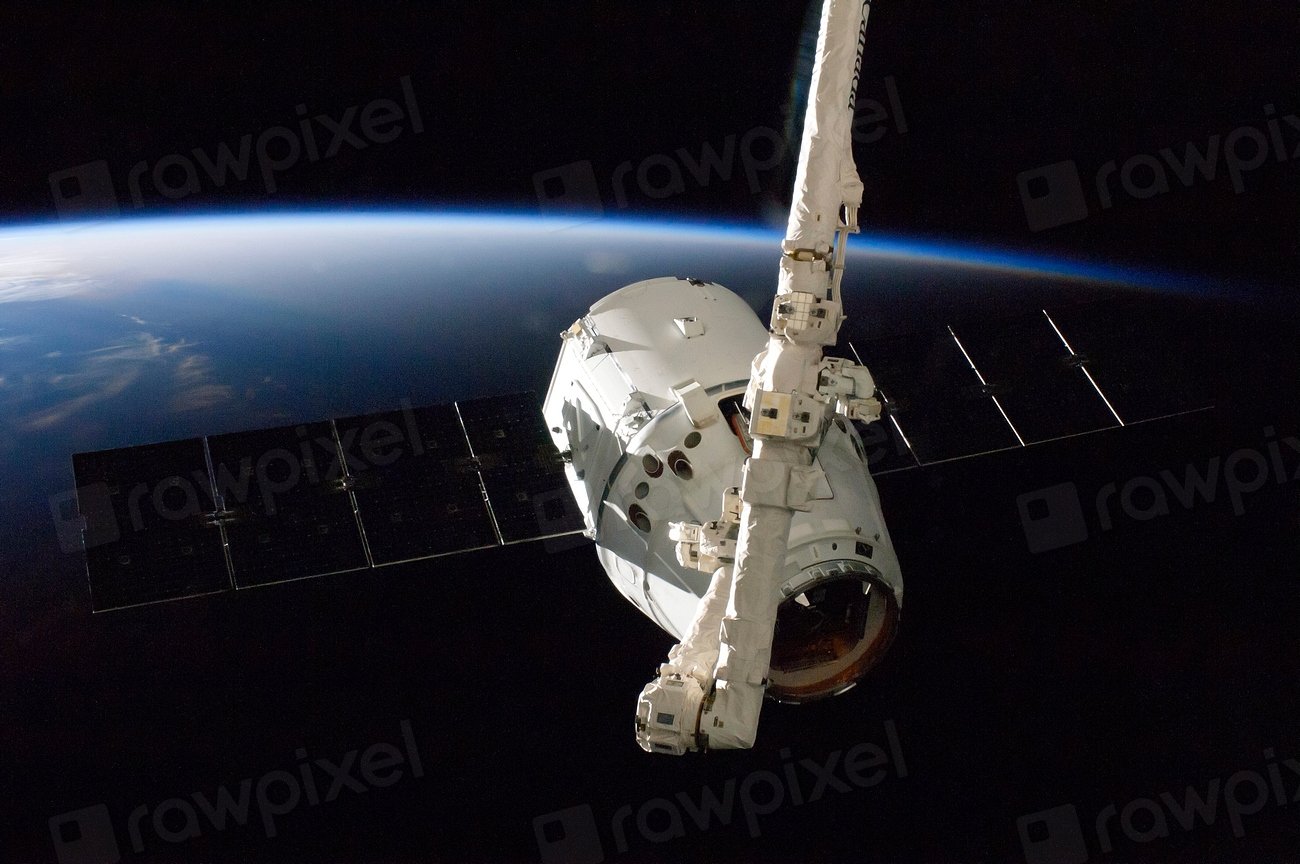
Modern space photography has created some confusion about the Great Wall’s visibility. Powerful cameras equipped with telephoto lenses can indeed capture images of the wall from orbit, but these photographs require significant magnification and enhancement. The resulting images are often presented without context about the equipment used, leading viewers to assume the wall is readily visible.
Professional space photographers use specialized equipment designed to maximize detail and contrast. They employ techniques like image stacking, where multiple photographs are combined to reduce atmospheric blur and enhance clarity. These methods can reveal structures that would be completely invisible to the naked eye.
The International Space Station carries an array of high-resolution cameras capable of photographing objects as small as individual cars under optimal conditions. However, these technological capabilities shouldn’t be confused with what astronauts can see through the station’s windows during their daily activities.
Atmospheric Interference and Weather Challenges

Earth’s atmosphere acts like a constantly shifting lens that distorts and obscures our view of the planet’s surface from space. Water vapor, dust particles, and atmospheric turbulence all contribute to visual interference that makes fine details difficult to discern. Even on the clearest days, the atmosphere creates a haze that reduces contrast and sharpness.
Weather patterns add another layer of complexity to space-based observations. Cloud cover frequently obscures large portions of the Earth’s surface, making consistent observation of any ground-based structure challenging. The Great Wall passes through regions that experience frequent cloud cover, further reducing opportunities for clear viewing.
Atmospheric scattering also affects how light reaches observers in space. Different wavelengths of light interact with atmospheric particles in various ways, sometimes enhancing visibility of certain features while diminishing others. These effects change throughout the day and across seasons, making predictable observations nearly impossible.
Comparing the Great Wall to Other Structures
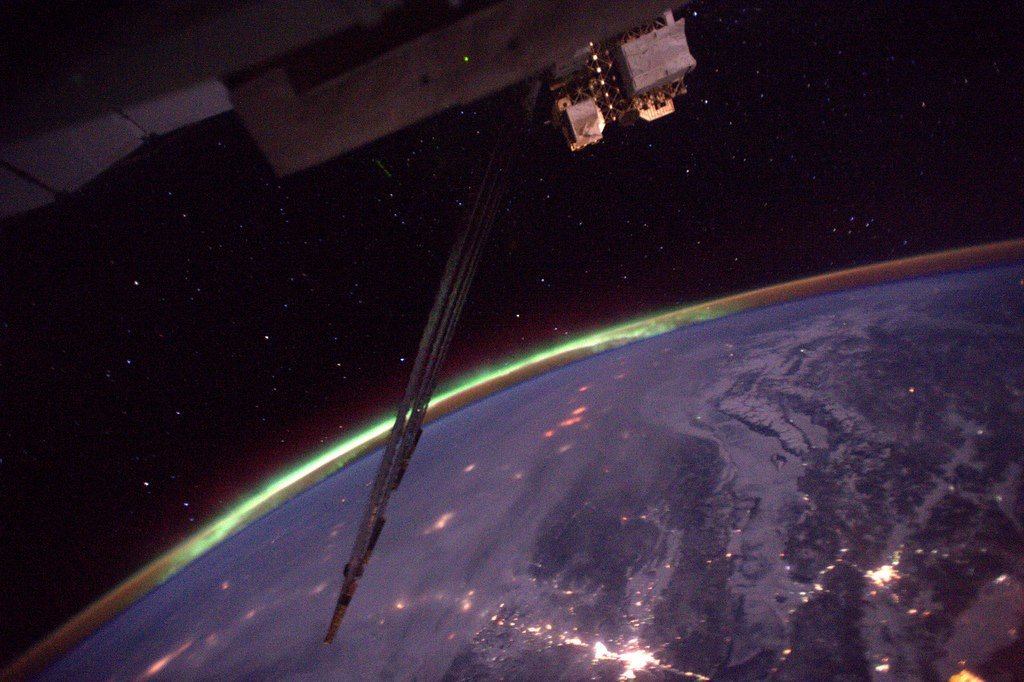
When evaluating the Great Wall’s visibility claims, it’s helpful to compare it with other massive human-made structures. The Egyptian pyramids, despite their impressive size and stark contrast with the surrounding desert, are barely visible from space as small triangular shapes. Even then, they require perfect conditions and trained eyes to spot.
Modern structures like the Palm Jumeirah in Dubai or the Netherlands’ Flevoland province are more easily visible from space because they create dramatic contrasts with their surroundings. The Palm Jumeirah’s artificial islands stand out sharply against the blue ocean, while Flevoland’s geometric agricultural patterns differ markedly from natural landscapes.
Major highways and airport runways sometimes appear as thin lines from space, but these are typically much wider than the Great Wall and often made from materials that reflect light differently than ancient stone and brick. Even these modern structures require favorable viewing conditions to be seen clearly.
The Psychology Behind Believing Space Myths
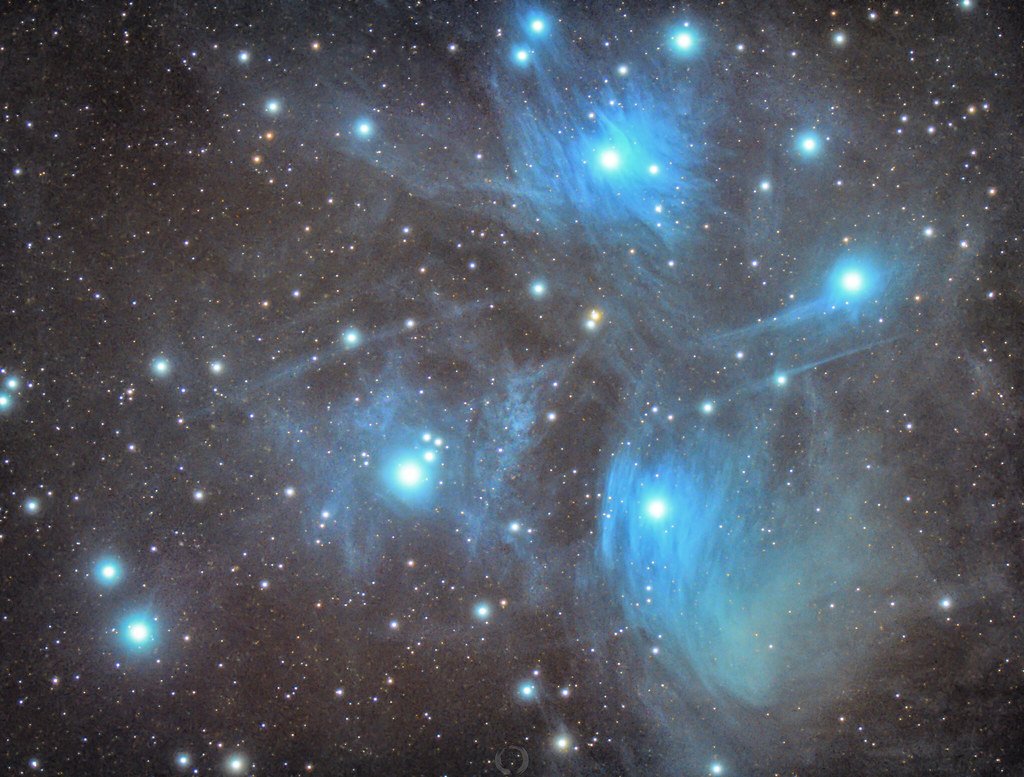
The persistence of the Great Wall myth reveals fascinating aspects of human psychology and our relationship with impressive achievements. People want to believe that humanity’s greatest accomplishments are visible from the cosmos – it makes us feel more significant in the vast universe. This emotional investment in the myth makes it resistant to factual correction.
The story also appeals to our sense of wonder about space exploration. In an era where space travel represents the pinnacle of human achievement, the idea that we can see our historical accomplishments from orbit creates a satisfying connection between past and present. It’s a narrative that feels too good to fact-check.
Educational systems have inadvertently reinforced this myth by repeating it without verification. Once something appears in textbooks or authoritative sources, it gains credibility that’s difficult to overcome. Teachers and students alike have accepted and spread the claim without questioning its scientific validity.
How Myths Spread in the Digital Age

Modern communication technology has both helped and hindered the spread of the Great Wall visibility myth. Social media platforms allow misconceptions to spread rapidly across global audiences, often faster than fact-checkers can respond. Viral posts featuring dramatic space photography sometimes include misleading captions that perpetuate the myth.
However, the same digital tools that spread misinformation also provide unprecedented access to accurate information. Astronauts now regularly share their experiences through social media, offering firsthand accounts that debunk space myths. Space agencies publish detailed explanations and high-resolution imagery that help separate fact from fiction.
The challenge lies in the fact that sensational claims often spread faster than careful corrections. A dramatic headline about seeing the Great Wall from space will likely receive more attention than a methodical explanation of why that’s impossible. This creates an ongoing battle between myth and science in the digital information landscape.
What You Can Actually See From Space

While the Great Wall remains invisible to the naked eye from space, plenty of other human-made features are clearly visible and equally impressive. City lights create stunning patterns against the darkness, resembling earthbound constellations that tell stories of human civilization. Major metropolitan areas like Tokyo, New York, and London appear as brilliant clusters of light that pulse with the rhythm of modern life.
Large-scale agricultural patterns create geometric designs that stand out dramatically against natural landscapes. The circular irrigation systems of the American Midwest, the rectangular fields of the Netherlands, and the terraced mountainsides of Asia all create distinctive patterns visible from orbit. These human modifications to the landscape often appear more prominent than individual structures.
Infrastructure projects like major dams, airports, and harbor facilities are sometimes visible due to their size and the way they alter natural features. The Hoover Dam, for instance, can be spotted because it creates a stark line across the Colorado River, while major airports appear as geometric patterns that contrast with surrounding terrain.
The Great Wall’s True Magnificence
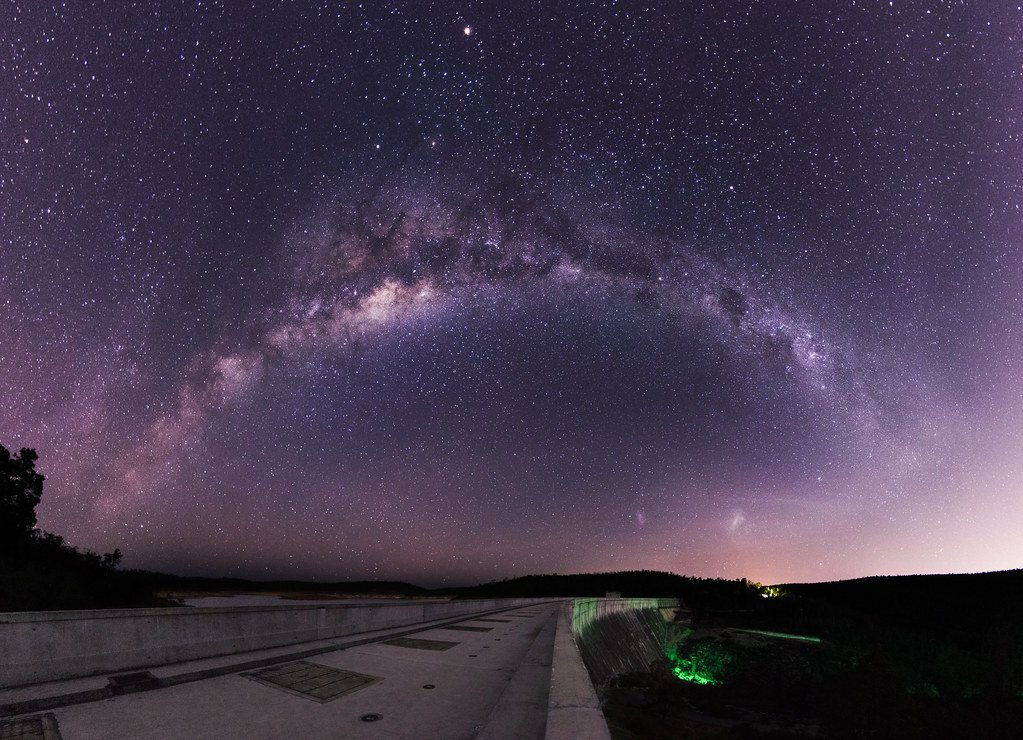
The fact that the Great Wall isn’t visible from space doesn’t diminish its incredible significance as a human achievement. This ancient fortification represents one of the most ambitious construction projects in human history, involving millions of workers over centuries of development. The engineering challenges overcome during its construction remain impressive by modern standards.
The wall’s true magnificence lies not in its visibility from space, but in its intimate relationship with China’s landscape and history. Walking along its length reveals the incredible skill of ancient builders who adapted their construction to follow mountain ridges, cross rivers, and navigate challenging terrain. Each section tells a story of human determination and ingenuity.
Modern visitors to the Great Wall often find themselves more impressed by its integration with the natural environment than by its sheer size. The structure seems to grow organically from the landscape, creating a harmony between human engineering and natural beauty that no space-based observation could capture.
Space Exploration’s Real Visual Wonders
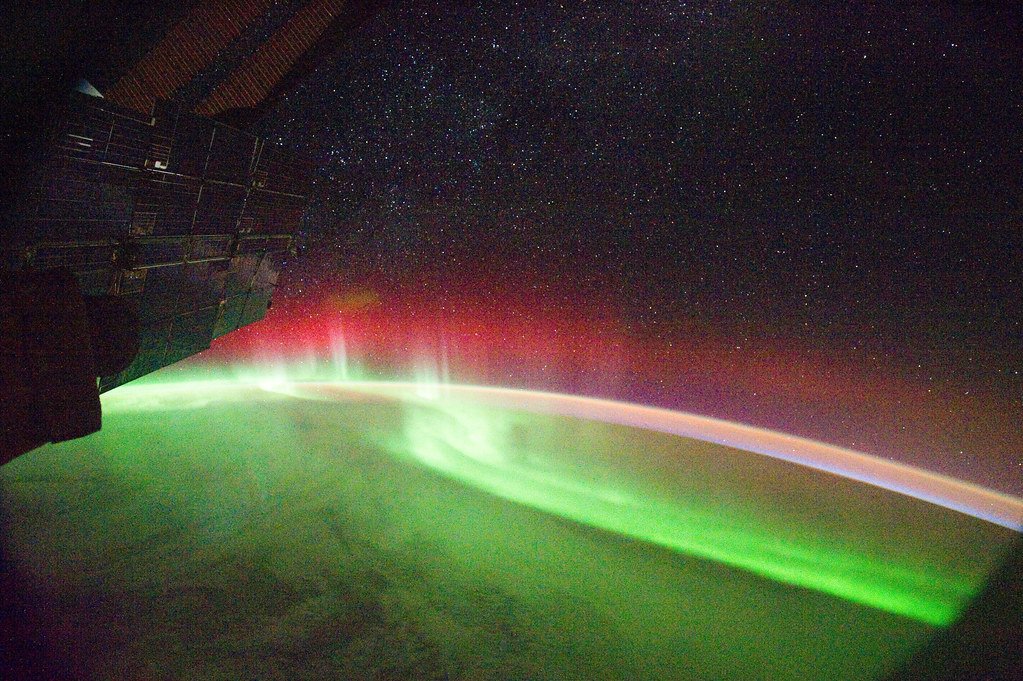
Astronauts consistently report that the most spectacular views from space involve natural phenomena rather than human-made structures. Aurora displays paint the polar regions with shifting curtains of green and blue light. Lightning storms create dramatic flashes that illuminate cloud formations from within, resembling giant jellyfish floating through the atmosphere.
The terminator line – the boundary between day and night as it moves across Earth – provides one of the most breathtaking sights visible from space. This line creates a gradient of colors from the brilliant blue of daylight through oranges and reds to the deep black of space. Cities along this line appear as points of light emerging from or disappearing into darkness.
Weather patterns viewed from space reveal the planet’s dynamic nature in ways impossible to appreciate from ground level. Massive hurricane systems spiral across oceans like cosmic pinwheels, while dust storms paint entire continents in shades of brown and orange. These natural spectacles far exceed any human-made structure in terms of visual impact from orbital altitudes.
Why Some Structures Are More Visible Than Others

The visibility of human-made structures from space depends on several key factors that work together to create or destroy contrast. Size matters, but not in the way most people think – width and area coverage are more important than length or height. A structure needs to cover enough area to register as more than a single pixel in human vision.
Reflectivity plays a crucial role in making structures visible from space. Materials that reflect light differently than their surroundings create the contrast necessary for detection. This is why snow-covered areas, bodies of water, and structures made from reflective materials stand out more clearly than those built from natural materials.
The geometry of structures also affects their visibility. Straight lines and geometric patterns catch the eye more readily than organic shapes because they differ from natural patterns. This is why agricultural areas, with their rectangular fields and circular irrigation systems, are often more visible than individual buildings or linear structures like walls.
Modern Technology and Space Observation

Today’s space-based observation capabilities far exceed what early astronauts could see with their naked eyes. Sophisticated satellite imaging systems can photograph objects as small as individual cars, while specialized telescopes can detect changes in vegetation patterns or track the movement of wildlife across vast landscapes. These technological advances have revolutionized our ability to study Earth from space.
However, these technological capabilities shouldn’t be confused with human visual perception. The same way that a microscope can reveal details invisible to the naked eye, space-based imaging systems can capture features that astronauts cannot see directly. The distinction between technological observation and human vision is crucial for understanding what’s actually visible from space.
Advanced image processing techniques can enhance contrast, reduce atmospheric interference, and combine multiple wavelengths of light to create composite images that reveal hidden details. These processed images often look nothing like what human eyes would see, but they provide valuable scientific data about Earth’s surface and atmosphere.
Educational Implications of Space Myths
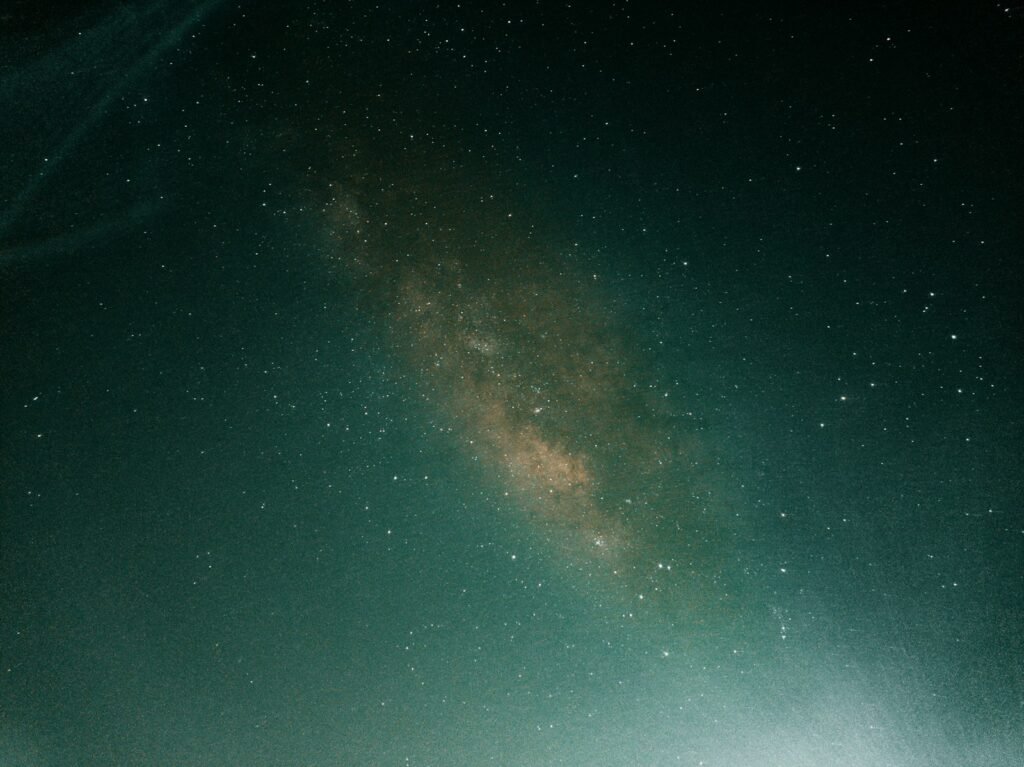
The persistence of the Great Wall myth in educational settings highlights the importance of scientific literacy and critical thinking in modern curricula. Students who learn to question claims and seek evidence develop skills that serve them throughout their lives. The Great Wall example provides an excellent case study for teaching the difference between appealing stories and scientific facts.
Science educators have begun using the Great Wall myth as a teaching tool to discuss the importance of primary sources and firsthand evidence. When students learn that astronauts themselves have debunked the claim, they gain appreciation for the value of expert testimony and direct observation in scientific inquiry.
The myth also provides opportunities to discuss the nature of scientific knowledge and how understanding evolves over time. What was once accepted as fact can be overturned by new evidence or better methods of observation. This lesson applies broadly to scientific understanding and helps students develop more nuanced views of knowledge and truth.
The Future of Space-Based Earth Observation

As space technology continues advancing, our ability to observe Earth from orbit will only improve. Next-generation satellites will provide even higher resolution imagery, while new types of sensors will reveal features invisible to current technology. However, these improvements will likely focus on scientific and practical applications rather than satisfying curiosity about landmark visibility.
Private space companies are developing new platforms for Earth observation that could eventually make detailed surface imagery available to the general public. These systems might allow people to search for their own homes, local landmarks, or points of interest with unprecedented detail. Such capabilities could help people better understand the relationship between space-based and ground-based perspectives.
Future space tourism may give more people the opportunity to see Earth from space with their own eyes. As these experiences become more common, firsthand accounts of what’s actually visible from space will likely help dispel remaining myths and misconceptions. Personal experience often proves more convincing than scientific explanations alone.
The Great Wall of China stands as one of humanity’s most impressive achievements, a testament to human determination, engineering skill, and historical ambition. Its value doesn’t depend on visibility from space – it rests in the incredible human story it represents and the physical wonder it creates for those who walk its length. The myth of its space visibility, while persistent and appealing, ultimately distracts from the wall’s true significance as a remarkable feat of ancient engineering and a profound connection to human history. What would you have guessed about the power of myths to shape our understanding of the world?




